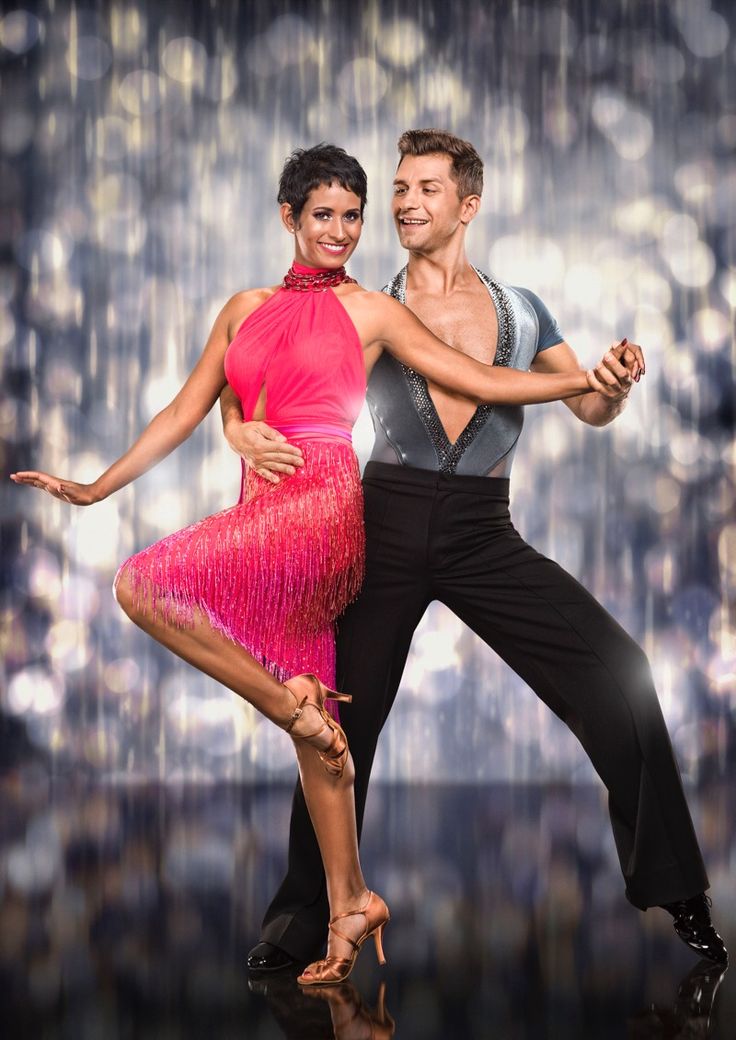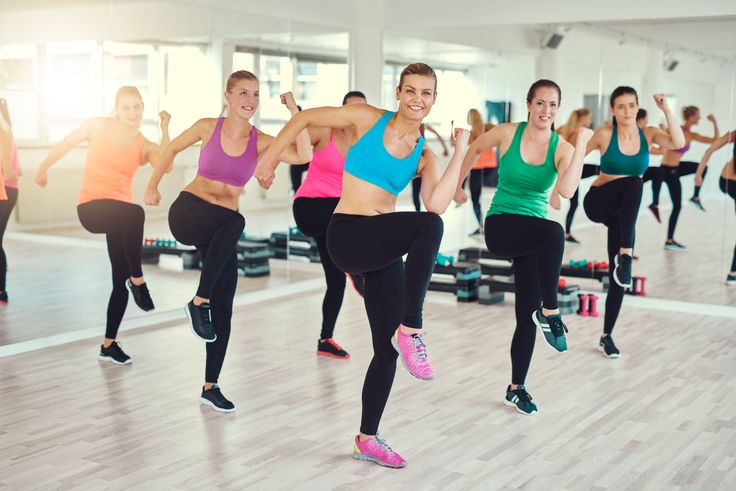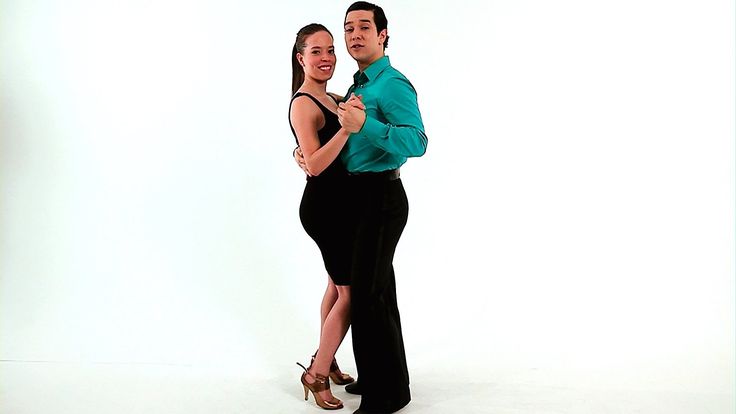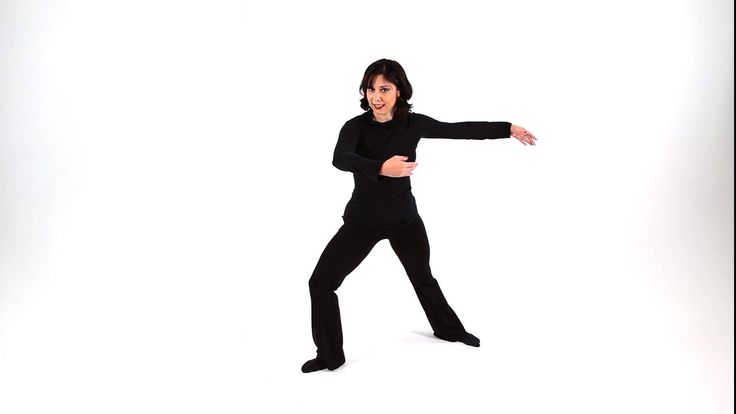How to enjoy dancing
How to Enjoy Dancing More: Part 1, Know Yourself
Post Views: 2,520
What if I told you the secret to enjoying dancing more was inside you? Not in improving your technique or making the right friends or going to the best festivals, but within you right now?
It’s a bold claim, but I believe it! And this first installation in my newest series is all about knowing yourself. In the dance context, that’s not just identifying what kind of music you like or which style you prefer, but gaining self-knowledge on a deeper level by exploring your personal dance boundaries.
Picture this: you’re dancing with a good friend who always leads fun, creative moves. You’re moving quickly through various spins and dips and at some point start to feel anxious and somehow unsafe. Something’s bothering you, but your friend isn’t doing anything wrong…
Or imagine this: you finally got your chance to dance with one of the star dancers. You’re on fire, love the music, doing awesome with great connection and technique—but then this dancer touches the back of your neck and you feel weird. You shake it off and keep going, but a few moves later, it happens again. You feel uncomfortable, but it’s not like you’re being molested….
Understanding Dance Boundaries
Everyone has boundaries, whether you are conscious of them or not. There are many kinds of boundaries, but they all come back to helping you stay happy or healthy. Physical boundaries outline what kind of proximity or contact is all right for you. Emotional boundaries help you separate your emotions from a sense of responsibility for others’ emotions. Professional boundaries protect you from overload and burnout while taking care of a patient’s, student’s, or customer’s needs.
So what is a dance boundary? Essentially it’s a personal marker that when approached, makes you uncomfortable, and when crossed, causes you harm.
A good way of visualizing boundaries is with the traffic light metaphor. Green represents a feeling of enjoyment, interest, and enthusiasm. So when you’re enjoying a dance, you’re in the green zone. Yellow (or orange, depending where you’re from!) represents uncertainty, slight anxiety, confusion, or concern. You are approaching or at a boundary when you are in the yellow zone. When you start to feel uncomfortable or worried about what might happen next, it’s a warning that you have a boundary to pay attention to. Red represents discomfort, pain, fear, or distress. You are in the red zone whenever you go past your boundary—and you can take that as the stoplight for that dance!
Yellow (or orange, depending where you’re from!) represents uncertainty, slight anxiety, confusion, or concern. You are approaching or at a boundary when you are in the yellow zone. When you start to feel uncomfortable or worried about what might happen next, it’s a warning that you have a boundary to pay attention to. Red represents discomfort, pain, fear, or distress. You are in the red zone whenever you go past your boundary—and you can take that as the stoplight for that dance!
Unfortunately if we don’t know our boundaries, we can end up spending way too much time in the red zone, where we are too distressed or afraid to do anything about it. That can drain us of our enthusiasm and make going out to dance seem tiring or unpleasant.
y increasing our self-knowledge and self-awareness, we can become sensitive to when something in the dance brings us into the yellow zone. That’s when we are best able to take action to change something. When we know our boundaries, we can spend much more time in the green zone enjoying our dancing!
Boundaries vs.
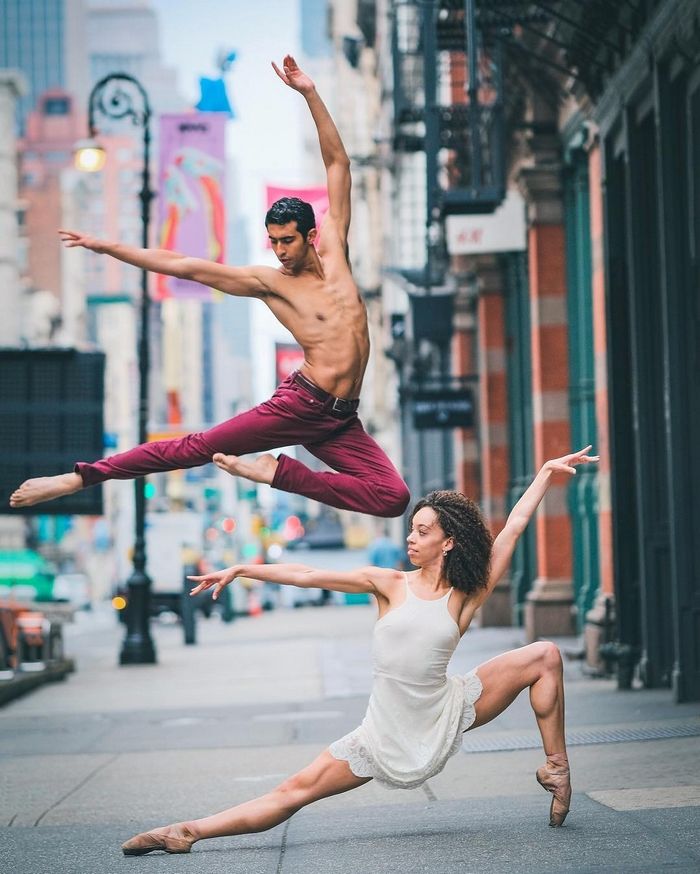 Rules
Rules I think it’s important to separate boundaries from rules. Boundaries are indicators for yourself. They help you decide to act or remove yourself from a situation. Some of them may already be conscious, but you probably also have many you are not (yet) aware of. Boundaries may be correlated with preferences but have far more personal significance. You may have some boundaries that have been informed by the norms of your dance scene, while others are connected to insecurities, fears, or past trauma. That means boundaries are incredibly personal.
It’s true that when enough dancers have the same boundary, they become part of the standards of our community. In order to clearly communicate them to newcomers, they may be codified as rules or laid out as expectations in a Code of Conduct. For example, it’s universal in partner dance scenes that we shouldn’t put our hands on someone’s breasts or groin, nor should we act with physical violence.
However, it’s likely some of your personal boundaries don’t match up to a particular dance community’s standards. For example, in some dance styles you are discouraged from talking during a dance, but it doesn’t bother me. I really don’t want people to touch my face or my belly, but it’s quite acceptable in certain communities. Many of our scenes pressure dancers to accept every request for a dance, but I have personal boundaries to help protect me from playing “dance monkey” till I burn out, from getting injured, and from dealing with unwanted come-ons.
For example, in some dance styles you are discouraged from talking during a dance, but it doesn’t bother me. I really don’t want people to touch my face or my belly, but it’s quite acceptable in certain communities. Many of our scenes pressure dancers to accept every request for a dance, but I have personal boundaries to help protect me from playing “dance monkey” till I burn out, from getting injured, and from dealing with unwanted come-ons.
To be clear, anyone who uses manipulation or violence to coerce, harm, or sexually assault a dancer is always wrong and responsible for their own actions. Knowing your boundaries won’t always mean that you can avoid bad actors. But it will equip you to protect yourself from unintentional harm on the dance floor resulting from mismatched expectations or preferences.
About This Series
This series was originally inspired by a workshop handout created by Jeemin Kim, the founder of Latin Dancers for Consent & Safety, for use in workshops helping Latin dancers to define their personal boundaries and practice setting them on the dance floor. Jeemin is a Latin dancer, organizer, and teacher based in New York City who advocates for safer spaces, inclusivity, and decolonization in the Latin dance scene. I am extremely grateful to Jeemin for allowing me to borrow and adapt her original resource. I highly recommend her workshops and ask that you direct any criticism of this series to me, since it has departed considerably from her material.
Jeemin is a Latin dancer, organizer, and teacher based in New York City who advocates for safer spaces, inclusivity, and decolonization in the Latin dance scene. I am extremely grateful to Jeemin for allowing me to borrow and adapt her original resource. I highly recommend her workshops and ask that you direct any criticism of this series to me, since it has departed considerably from her material.
This series is freely offered for your own use—whether by yourself or with a group from your dance community—to help foster self-knowledge and healthy communication among dancers. In this first part I’ll share questions to help you get to know your dance boundaries and in the second some questions and role-play exercises to help you think about and practice communicating your boundaries. .
I am releasing the full series under a Creative Commons 4.0 license, which basically means you can feel free to print the articles, adapt them to your purposes, use them in workshops, and so on – as long as you give credit both to Rachel Cassandra and to Latin Dancers for Consent & Safety and you don’t sell derivative materials for profit.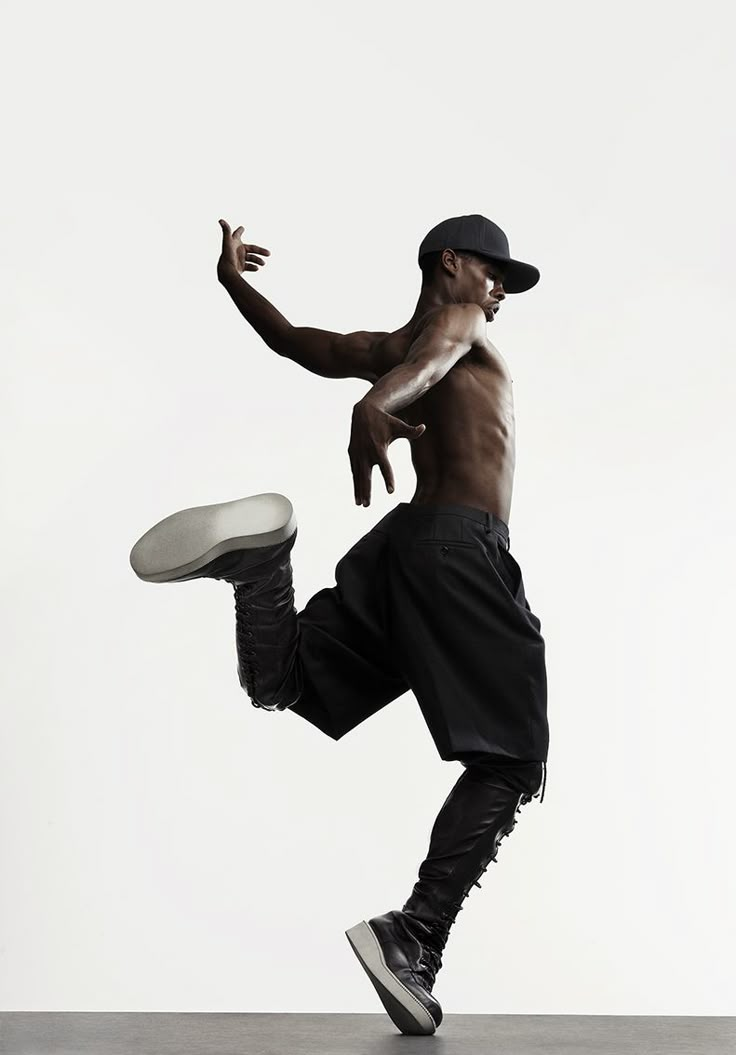
Part I: Know Yourself
Let’s start with some questions about dancing that will help you think about what you enjoy and what your boundaries might be. You can work through the following questions on your own—and I encourage you to actually write down your responses! Putting your thoughts into words will give you much more clarity, and you may be surprised what all you come up with.
I also highly recommend sitting down with a few others and discussing your thoughts after each section. Other dancers will offer different perspectives that may help you recognize boundaries you hadn’t yet thought about. You’re also likely to find solidarity in hearing from others who feel uncomfortable in some of the same situations as you.
A: The BEST Dances You’ve Had
Let’s start with a few questions to help you think about what your green zone looks and feels like when it comes to partner dancing.
1. How does your “perfect, ideal” dance feel in your body? What about emotionally? Think back to a favorite dance memory or two.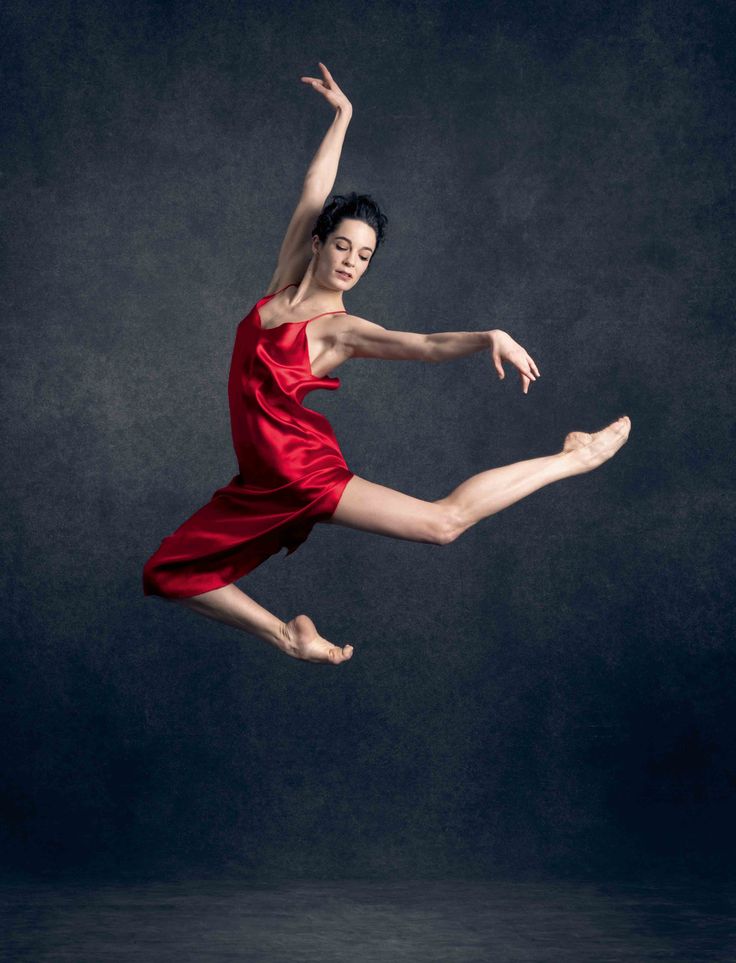 How did you feel emotionally sharing this amazing dance with your partner? What were the contact and physical interaction like?
How did you feel emotionally sharing this amazing dance with your partner? What were the contact and physical interaction like?
2. List your favorite dance partners. What have they done specifically that you so enjoyed? How did their body feel to you?
3. How safe and comfortable did you feel about your body? Did it feel like your partner respected and cared for your body’s safety? For your autonomy? How?
B. The WORST Dances You’ve Had
Now let’s think about what puts dances in the red zone and what you have previously done when you felt that something really crossed a line for you.
4. What makes a dance feel particularly bad? What specific actions has a dance partner taken that you disliked or that made you feel uncomfortable? Why?
5. When you’re going out to social dance for the night, what are you most wary of? Tired of? What do you try to avoid?
6. Have any of your dance partners ever said something before or during a dance that ruined it for you? If so, what did they say? How would you describe the way that made you feel?
7. Have you ever had to speak up or leave the dance mid-song? What was bothering you? What did you say or do, and how did the situation end?
Have you ever had to speak up or leave the dance mid-song? What was bothering you? What did you say or do, and how did the situation end?
8. Have you ever wanted to speak up or stop dancing with a partner, but couldn’t bring yourself to do it (or not until the end of the song)? What was bothering you? Why do you think you couldn’t say anything (sooner)?
9. Does your willingness or ability to speak up depend at all on the experience level of your partner? What if it was a total newbie who said they had just started dancing that day? What if it was an instructor, organizer, DJ, or popular “star” dancer?
C. Taking Care
10. List parts of your body you do and don’t like to be touched during a dance. Be as specific as possible, including what kind of contact is or isn’t comfortable.
11. Is talking during a dance distracting for you? How much talking or what kinds of topics are fine, if any?
12.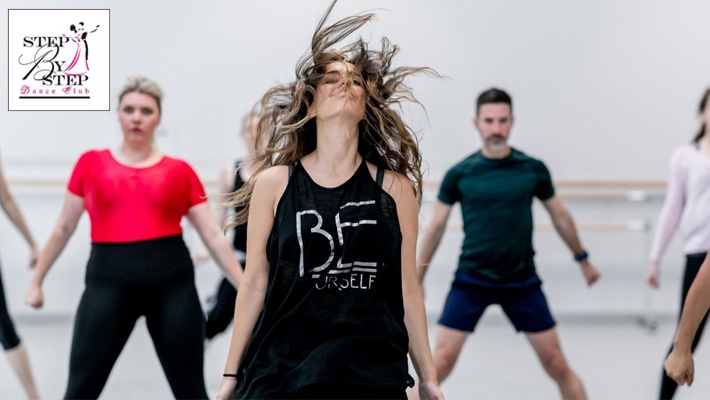 Do you have any dance-related injuries or pain? How and when did it occur? Which dance movements aggravate the injury? How do you protect yourself to prevent it from recurring?
Do you have any dance-related injuries or pain? How and when did it occur? Which dance movements aggravate the injury? How do you protect yourself to prevent it from recurring?
13. Do you have any other physical or emotional issues (or even triggers) you want to be careful about currently? If so, what preventative steps do you need to take to avoid discomfort, pain, or distress? What dance movement could upset or hurt you?
D. Defining Your Boundaries
14. Looking at questions #4-13, identify the types of things that are always in the red zone for you. We can call these your non-negotiable boundaries. What are the bad experiences you absolutely don’t want to repeat? What is it that you truly detest, that you don’t ever want in your dance no matter who you’re dancing with? Think about intimate contact, safety, and so on.
For instance, I don’t feel safe when someone uses a strong hold on me in close embrace, because it removes some of my autonomy and reminds me of previous sexual trauma.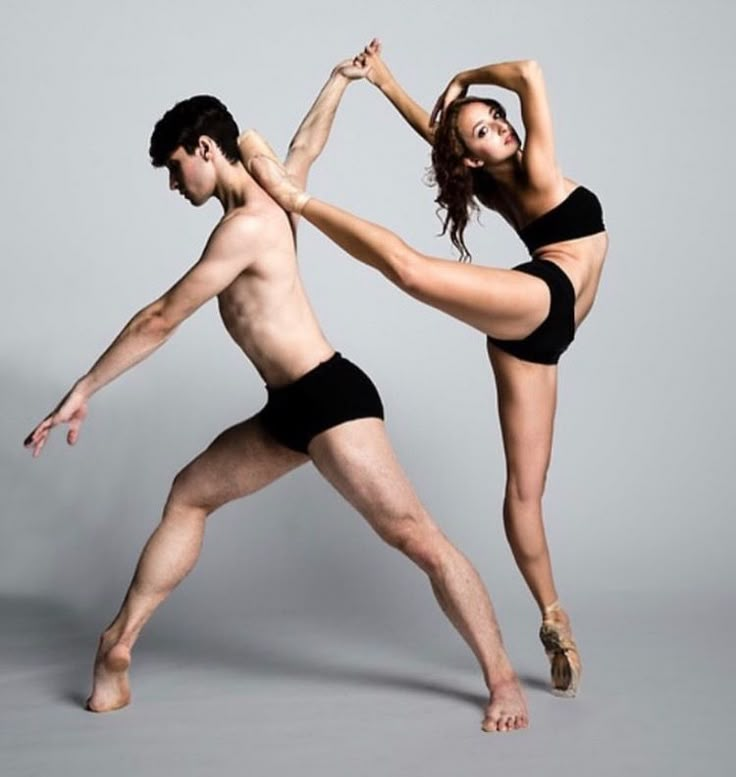
15. Now write down other boundaries you have that depend on different factors. Perhaps you’re okay with certain things depending on the partner, or what you’re in the mood for, or what fits well with the atmosphere of that venue, but at other times you feel uncomfortable, get annoyed, or even find yourself afraid. We can call these variable boundaries, since you find yourself variously in green, yellow, or red when some factors change. Try to take time to define as many of these as you can.
An example for me is contact on the side of the head in close embrace. Sometimes I like it and it feels like a cozy extension of our connection. Sometimes it feels too intimate for me with a particular partner or when I’m in certain moods. And sometimes I just feel sweaty and don’t want the additional contact!
What’s Next?
If you’ve taken the time to answer these questions and reflect honestly on your boundaries, you are already moving in the right direction. When you next go out social dancing, tune into how you are feeling at various moments during the dance. It takes practice to build up your sensitivity – just as it takes training to identify different music genres or maintain connection. Check in with yourself periodically to see if you are enjoying or if perhaps you are passing into a yellow or even red zone. Make a mental note of what might have caused a change in your comfort level or emotions, especially when it’s not immediately obvious.
When you next go out social dancing, tune into how you are feeling at various moments during the dance. It takes practice to build up your sensitivity – just as it takes training to identify different music genres or maintain connection. Check in with yourself periodically to see if you are enjoying or if perhaps you are passing into a yellow or even red zone. Make a mental note of what might have caused a change in your comfort level or emotions, especially when it’s not immediately obvious.
Tuning into our own personal dance boundaries gives us power. The better you get at recognizing the moment when you start to lose your wholehearted enthusiasm in dance, the better you’ll become at staying in that green zone.
In the second article in this series, we will work on communicating our boundaries. That will include considering when we may want to give nonverbal feedback or make a verbal request to our partners.
There will also be several role-play exercises that will require a partner or group, so why not share this article? Help your friends get just as aware and prepared to practice!
Additional thanks to David Hendershot for providing further feedback.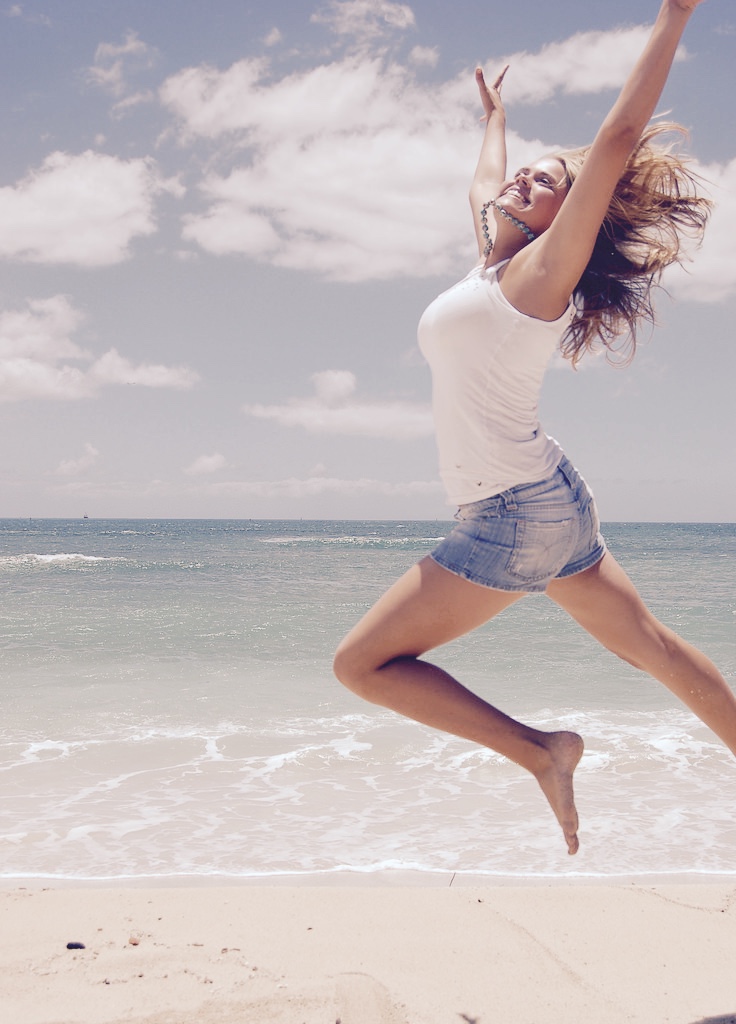
How to Dance At A Basic "Good Enough" Level
- Chris MacLeod, MSW
It's hard to avoid dancing entirely in social situations, especially when you're younger. Arguably, everyone should at least become passable at it. It's not as hard to pick up the basics as you may think, and it's smoother sailing once you can join some friends who want to dance and hold your own.
You don't have to reach a particularly high standard
You just need to be good enough that you can get on the dance floor, blend in with everyone else, not look like an idiot, and not feel overly uncomfortable while you're there. (Lots of people are at least somewhat awkward about dancing. That's why they have to down a few drinks and wait for the dance floor to get busy before they step out on it.)
You don't have to look like someone out of a music video. You've just got to be decent enough to get by. Being better than the minimum never hurts of course, but just knowing the basics will put you way ahead of all the non-dancers out there.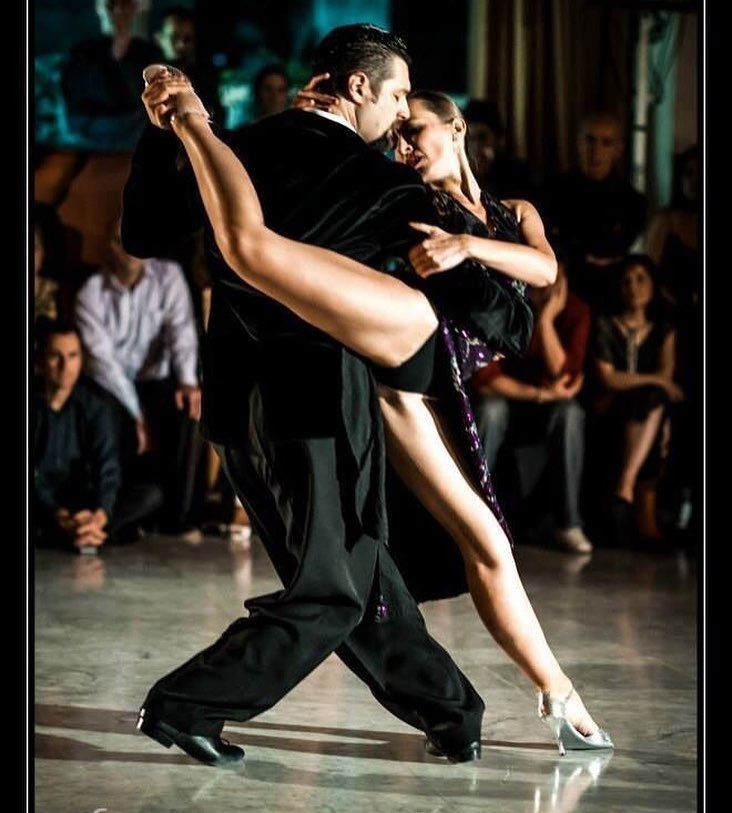
If you're straight, try not to worry too much about what the opposite sex thinks. They don't have ultra-picky standards
Straight people don't purely dance to impress the opposite sex, but it is often something they think about.
For guys
Generalization time. Women and men have different ideas of what a good dancer is. Guys often see dancing as a skill to show off. Being better than other dudes on the dance floor is important to them. Their typical image of a "good dancer" is a gymnastic break dancer doing a bunch of flips, or a guy doing a fancy, fluid Popping & Locking routine. A woman's concept of a good dancer is a closer to a passably moving guy who looks comfortable, confident, and like he's having fun.
When a woman wants to dance with you, all she really wants is that...
- You are there with her
- You are dancing with her
- You are not dancing horribly
- You are not being too forward and creepy
For women
This totally sounds like a simplistic stereotype, but most of the time when you're dancing with a guy he's not making a detailed critique of your style.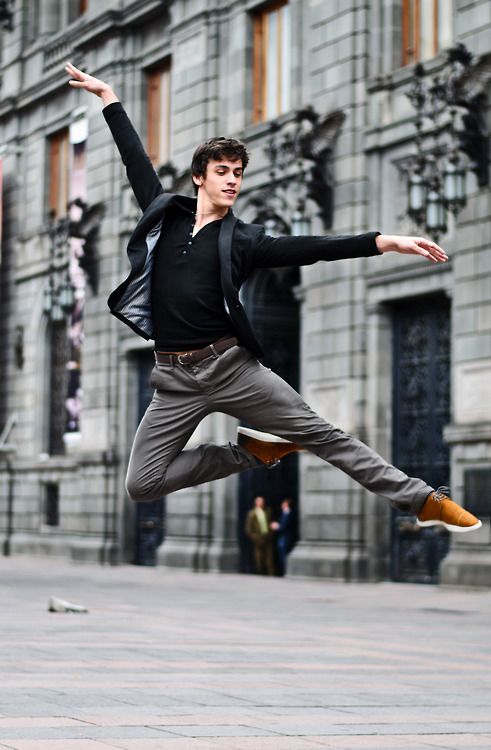 He's probably just thinking, "Yay! I'm dancing with a woman!" Or if he's watching you dance from farther away, he's likely thinking, "She seems like someone I might want to talk to. I wonder if she'd shoot me down though..." Even if he seems like the most genuinely suave, confident guy ever, he's probably still thinking like that on some level. He's probably fifty times more worried about how his dancing looks to you than the other way around. Even he's an amazing dancer and you're not, he likely isn't holding it against you.
He's probably just thinking, "Yay! I'm dancing with a woman!" Or if he's watching you dance from farther away, he's likely thinking, "She seems like someone I might want to talk to. I wonder if she'd shoot me down though..." Even if he seems like the most genuinely suave, confident guy ever, he's probably still thinking like that on some level. He's probably fifty times more worried about how his dancing looks to you than the other way around. Even he's an amazing dancer and you're not, he likely isn't holding it against you.
(That was from my observations as a straight guy. I'm not gay so I won't try to write from their perspective, but I can't imagine their standards for dance partners are radically different.)
Try not to worry too much about what strangers think
Easier said than done, but don't use up too much mental energy fretting about how random bystanders are judging you. Occasionally people will snicker and point to people who are dancing because they're really just too nervous to do it themselves.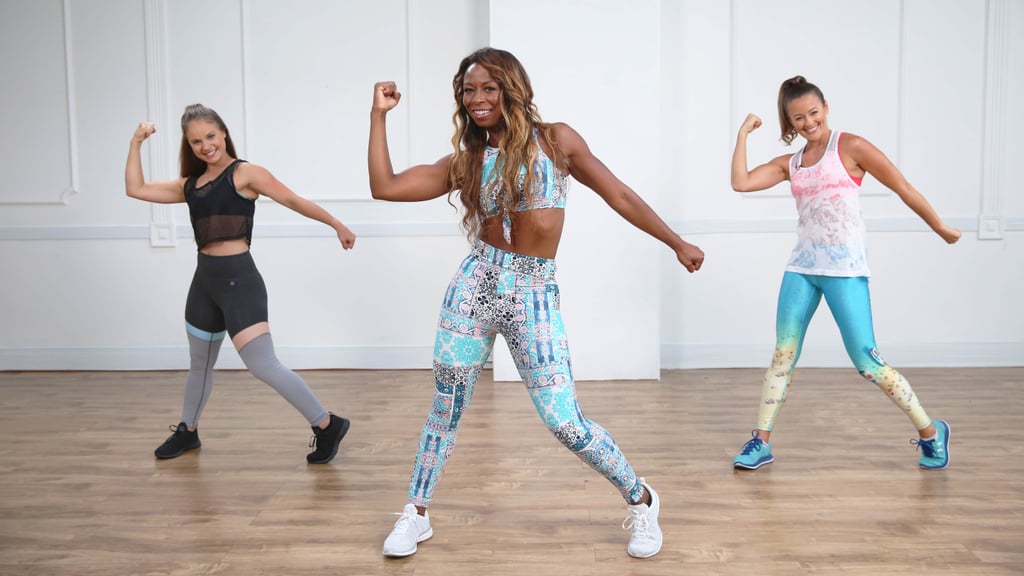 Random dudes sucking on their beer aren't your audience. Also, like the point above mentioned, your average dancer is more preoccupied with how they look than anything.
Random dudes sucking on their beer aren't your audience. Also, like the point above mentioned, your average dancer is more preoccupied with how they look than anything.
If there's one thing to keep in mind it's to be toned-down and low key
Don't be a spaz and try to pull off some fancy moves unless you 100% know you'll look good doing them. It's better to reel yourself in. Over reaching and flailing around is worse than blending in and being a bit boring and unoriginal. Don't feel you have to pull off tons of new moves every second and put on a show for everyone either. It's okay to dance in a simple, repetitive way and just enjoy your friends' company.
Acquire a basic, reliable dancing 'core'
You know when you're watching a movie or TV show and there's a scene set in a dance club, how the extras in the background will often to be dancing in a kind of simple, nondescript way? That's the 'core' I'm talking about. If you know how to do that, then in a lot of situations that's actually all you need.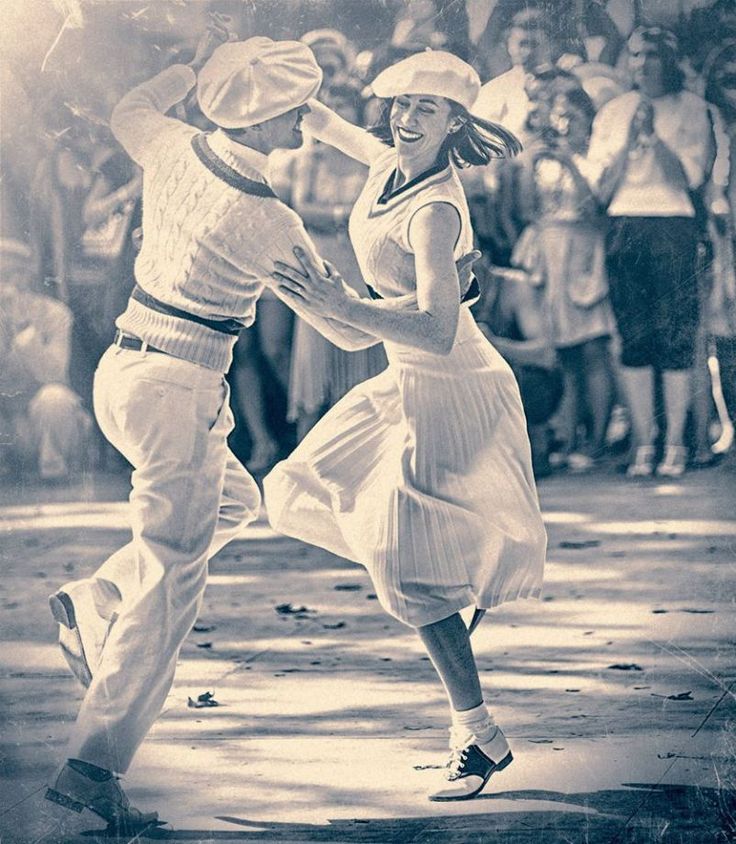 However, if you want, you can later choose to build off your base and make your style more fancy.
However, if you want, you can later choose to build off your base and make your style more fancy.
To get that core stand in front of a mirror with some not-too-fast music on, or just read along and imagine you're doing the following:
- To dance you've got to move your body in time to the beat of the music. The most basic newbie mistake you can make is to move out of sync with the beat. Don't know the beat I'm referring to? Put on a song and listen for the underlying, repeating thump-thump-thump pattern. Every style of music has a different speed. It doesn't take much practice to learn how to hear it.
- Okay, you're just standing there in front of the mirror with some song playing. Now try moving your arms back and forth to the beat slightly, while keeping your legs ramrod straight. You'll notice that looks totally off. So the next most basic thing you've got to do is bounce up and down on your knees. So keep everything else still, and just move your knees up and down to the music.

- That still looks weird, since you're just going up and down like a piston. So rotate your torso a bit in time with your knee movements, a little like you're skiing. Keep your torso fairly loose and relaxed.
- That's looking better, but your arms are still stiffly hanging at your side. So try relaxing them a bit and let them swing up and down with your knee bends and torso rotations.
Once you're standing in one spot, bouncing on your knees, turning your torso a bit, and moving your arms somewhat, that's about the absolute bare minimum you can do to be considered dancing. Like I said, sometimes that's all you need. If you didn't know how to dance at all, and stopped right here, that's a lot better than nothing.
However, while still staying in the realm of dancing in a super generic 'core' way, you can do little things to spice up the bare minimum:
- Don't just limply swing your arms, get your shoulders into it.
- Take steps side to side, or back and forth.

- Mix up your arm movements.
- Nod your head.
- Do little pivots or twists on one foot, or both feet.
- Don't just slightly rotate your torso, move it back and forth, or from one side to the other.
- Pick up one foot ever so slightly, then the other, to kind of march in place. Don't overdo the movement and look like a robot, just move your feet a tad.
- Mix up the possible arm, torso, and leg variations. Find a combination that looks good and do it for a while, then switch to another one. Don't change things up to the point where you're doing something new every half a second. That looks too scattered.
At this point you're hardly going to win a dance competition, but you're at the level of those movie extras, and 75% of the people you'll see out at a bar. At this point you really could develop no further in your dancing ability and be able to get by on a dance floor for the rest of your life.
The thing with this basic core is that it's pretty adaptable to the standard kinds of music you'll come across. If you're dancing to Hip Hop, just make all your movements a little more Hip Hop-ish. If you're dancing to retro 80's Pop, just make all your moves a little more cheesy and energetic.
If you're dancing to Hip Hop, just make all your movements a little more Hip Hop-ish. If you're dancing to retro 80's Pop, just make all your moves a little more cheesy and energetic.
Add some more fancy moves and sequences onto your core if you want to
If you dance in a basic way you'll get by, but you won't stand out a ton. If you want to look a little slicker you can start adding in some canned movements, or sequences of moves. There's more of a Risk/Reward thing going on at this stage. You've got to work at it more as well. Dancing generically is safer and easier. If you try to pull off some awesome routine and bungle the execution you'll look clueless or goofy. You need to practice to make sure you look good. Some places to learn new moves are:
- By watching strangers dancing at a club and stealing ideas from them.
- By watching your friends dance.
- By watching movies or music videos.
- Through online video tutorials.
- Through dancing-oriented video games.
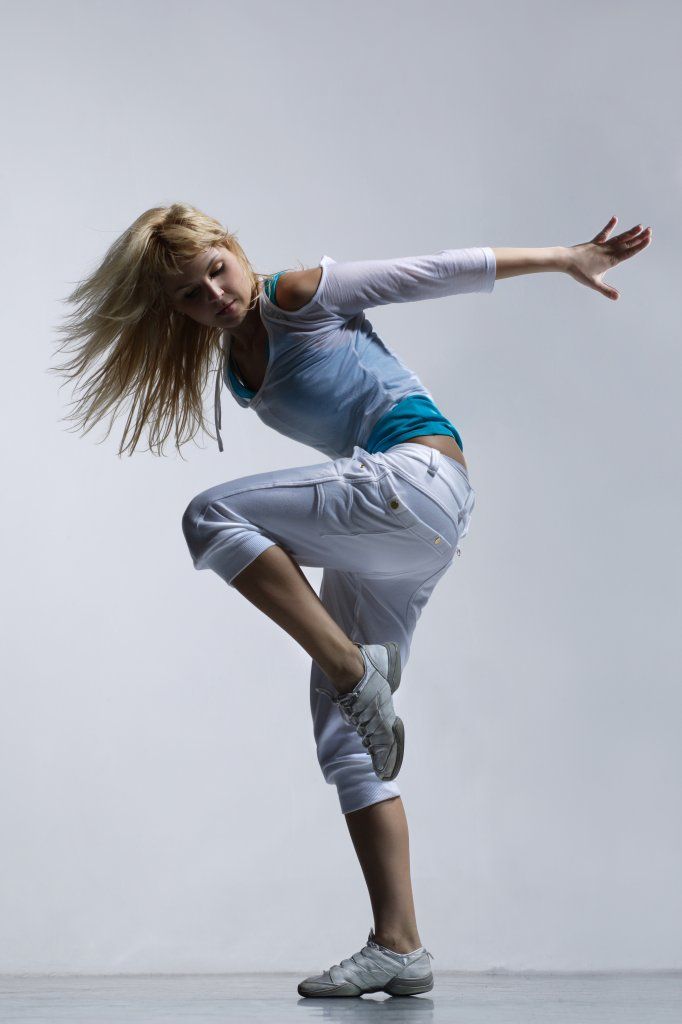
- By experimenting and trying to come up with some moves of your own.
- By taking an actual class.
The best way to learn is to just practice
If you get into the habit of dancing around at home in the spare moments you're listening to music it won't be long before you start to get the hang of things. After that the more time you put in, the more you'll refine your style.
Get in front of a mirror, put some good music on, and start dancing to it in the basic way I mentioned above. Remember, if your instinct is to jump around a lot or be a bit spazzy, consciously tone yourself down. Try to get comfortable with the typical, boring way of dancing first. A lot of the time on actual dance floors you won't have that much room anyway, so if you only practice moves that requires a lot of space you'll be put in an awkward spot when you end up somewhere more packed.
One way to deliberately practice is to try working on one aspect of dancing at a time, then putting the pieces together. This may not look good in the moment, but it'll let you concentrate on and isolate certain aspects of how you move. So you might keep everything else fairly still, and only try out different arm movements, or ways of moving your torso. Or you could try different ways of stepping back and forth, or moving only one leg at a time.
Article continues below...
Practice different dancing scenarios
Aside from figuring out how to move your body, there are different situations you'll find yourself dancing under:
Dancing on a dance floor where you have a lot of room
This is the easiest as you have all the space you need, and you can do somewhat more showy stuff if you feel like it. Sometimes the ocean of space can feel like too much to work with or make you feel exposed and self-conscious though.
Dancing on a crowded dance floor
Here your movements are really restricted. When you're practicing make sure to keep your feet rooted to the ground and don't swing your arms out too much. Try to make your movements look good anyway.
Try to make your movements look good anyway.
Dancing close and face to face with someone else
The issue here is knocking knees and not being able to extend your arms too far in front of you. Try dancing really close to a wall to get an idea of what it's like. Or you can try dancing really close to a full length mirror. It's totally goofy looking, but it's still a good way to get used to the feeling of being near someone.
Dancing with a partner
Here I'm referring to partner dancing in an informal, improvised way, not doing a specific dance like the Tango. Of course this is something that you can't practice on your own super effectively. Still, you could put your hands out in front of you like you're holding someone's waist or shoulders and practice moving within that restriction. I don't blame you if you don't want to do this. It's definitely a bit silly. Still, if the idea of dancing with someone makes you uncomfortable, practicing like this can take the edge off.
More practical advice would be to take a salsa, swing, or ballroom dancing class, asking your friends to teach you to dance, or practicing with your partner, if you're seeing someone. If it doesn't make you anxious, you could even try going to a club and trying to dance with someone you meet there.
Non-verbal communication is important as well
Body language plays a role in dancing too. It would look strange if someone was dancing to a 70's funk song with the mannerisms and facial expressions of someone listening to 90's Gangsta Rap. You don't want to be too exaggerated or hammy with your body language, but it is something to subtly bring into the equation. The other basic thing about body language is that sometimes the difference between someone who looks good and so-so on the dance floor is their non-verbals. If someone looks uncomfortable and bored, they may come across as dancing poorly. The same movements with some energy and confidence can look fine.
Dancing is a physical activity
Simple tip here. The better shape you're in, the easier dancing will be. You'll be able to do more, have more energy, and keep at it for longer. Basic things like aerobic fitness, flexibility, and some endurance in your legs and torso help.
Dancing to an unfamiliar style
For the poppy dance music you most typically hear in bars and clubs you can usually get away with dancing in the generic style I outlined earlier. Though if you've ever been to a club that caters to a different scene you'll know other genres of music have their own types of dancing.
If you're in one of these places, it's not the end of the world if you go ahead and dance the usual generic way, and just try to make your movements conform somewhat to that subculture's style. You won't fit in perfectly, but no one is going to run you out of the joint. However, if you're interested in dancing to that type of music more in the future, it's obvious that you'd want to try to learn its more specialized moves.
A semi-warning about dance classes
Without a doubt you'll learn a lot if you a take a class, but sometimes people get a shock when they then go to a club and have to dance spontaneously.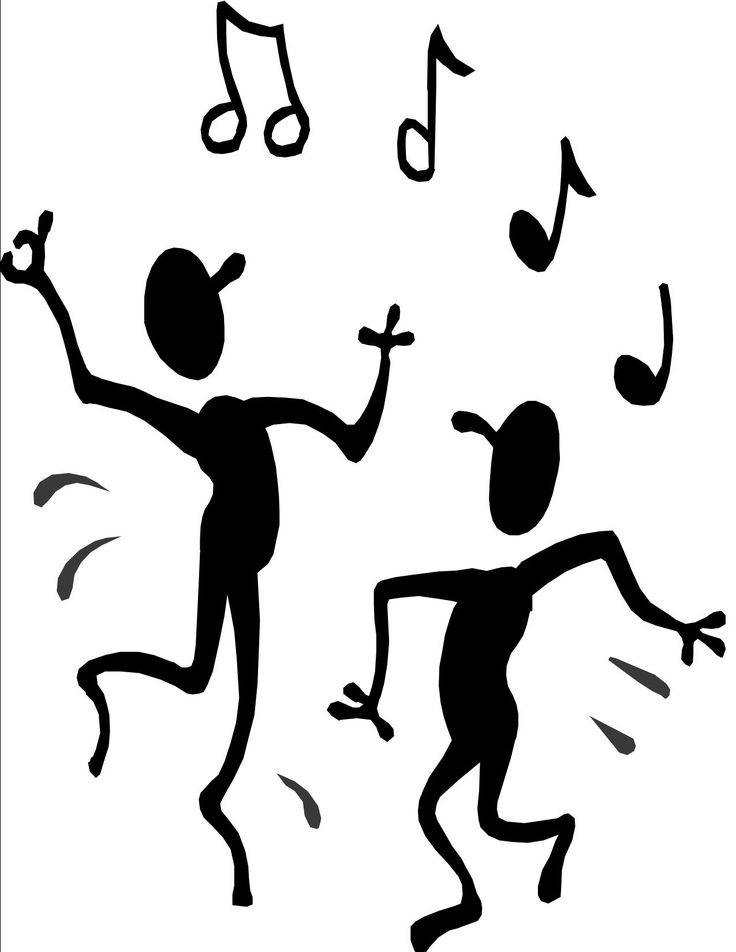 They can't just start swing dancing or bust out a 14-step choreographed Hip Hop routine. There are people who have taken years of dance classes, but they're inhibited when it comes to dancing at clubs. They feel lost, put on the spot, and like they're expected to perform.
They can't just start swing dancing or bust out a 14-step choreographed Hip Hop routine. There are people who have taken years of dance classes, but they're inhibited when it comes to dancing at clubs. They feel lost, put on the spot, and like they're expected to perform.
Dancing badly on purpose
I think there's a good time and a bad time to dance in a poor or silly way as a joke. The bad time to do it is when you're not comfortable or experienced with dancing, and you dance like goofball to avoid having to do it for real. People tend to see through this, and any humor that comes out of it only has a shelf life of a minute or so.
The good time to do it is when you're with some friends, you all know how to dance properly, and you just throw in the occasional campy movement or routine as a way to joke around and have more fun. It comes off well in this situation because everyone realizes you're doing it because you choose to, not because you're trying to hide how ill at ease you feel.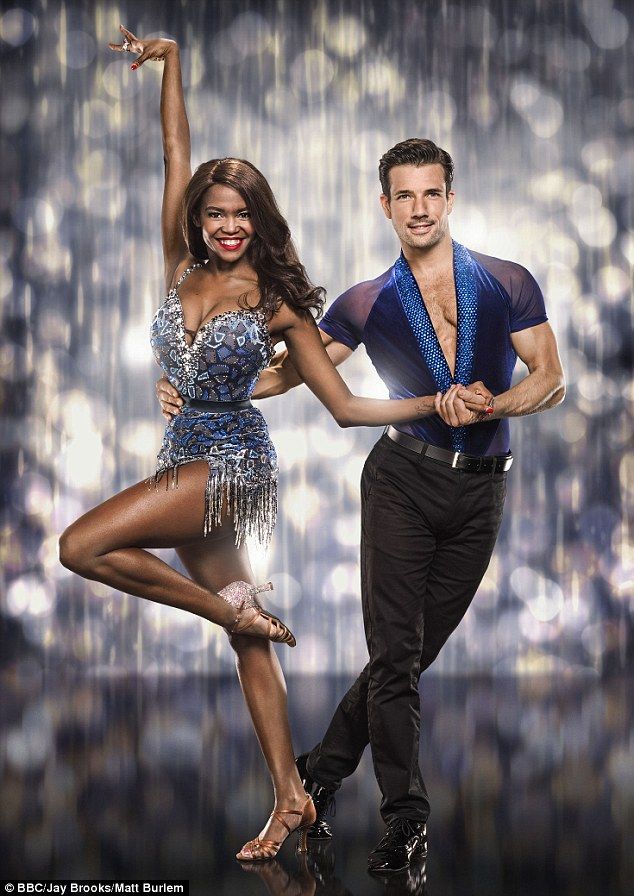
Drinking to loosen yourself up
Lots of people need to get some alcohol in them before they feel confident enough to hit the dance floor. In a perfect world everyone would feel comfortable dancing stone cold sober, but realistically some of us need a little extra help. Within reason I think this is fine.
When alcohol tends to be helpful is when someone knows how to dance half-decently, but are just a smidgen reserved - most people basically. When drinking tends to backfire is when someone doesn't really know how to dance, and never tries unless they're totally hammered. The results can be pretty sloppy. Things can also get embarrassing if someone is just learning how to dance and is inclined to be spazzy. The alcohol tends to bring those tendencies to the surface.
In conclusion
This is a trite thing to say, but despite everything you've just read, you should just enjoy yourself and not over analyze things. Have fun and don't worry about what other people think of you. Blah Blah Blah. The end.
How to deal with tension while dancing
Many dancers, even very experienced ones, have such a problem as fear of the audience, excitement before going on stage or even during training, and the tightness that follows from this, which literally breaks the whole dance. Here you are standing on the floor, or even in an ordinary rehearsal room in front of the coach, and you start thinking that you are in the spotlight, that everyone is looking at you, how you look now, how not to forget the movements, get into the rhythm, etc. d. Bottom line: panic, stiffness, unnaturalness and nervousness. Familiar? Then this article is for you.
So, what do you do to calm down, gain confidence and finally enjoy the dance itself, and maybe even the realization that everyone is looking at you and your great performance? There are several ways.
Relax
Try to learn (learn very well) the movements themselves first. Let it be a little "wooden", that's okay. And then, when the movements reach automatism, try to relax, treat the dance with calmness. Feel the music, immerse yourself in it. Movement will become much more relaxed and natural. The main thing is not to overdo it with "carelessness", you need to find a middle ground between ease and tension, which is also necessary in moderation.
Go to dance parties, dance floors, discos
Go to discos more often, where there are many people like you, where you have the opportunity to relax and try dancing for yourself. Surely, when you dance, being alone, for example, at home, you do it easily and freely, and you get upset that it is much more difficult to do it in public. When you are at a disco, in a noisy crowd, among hundreds or dozens of people, no one will notice your mistakes, no one will correct and judge you, like in an exam. So you can just forget yourself and feel confident, as if no one is looking at you.
Improvise
Improvisation is a very rewarding experience.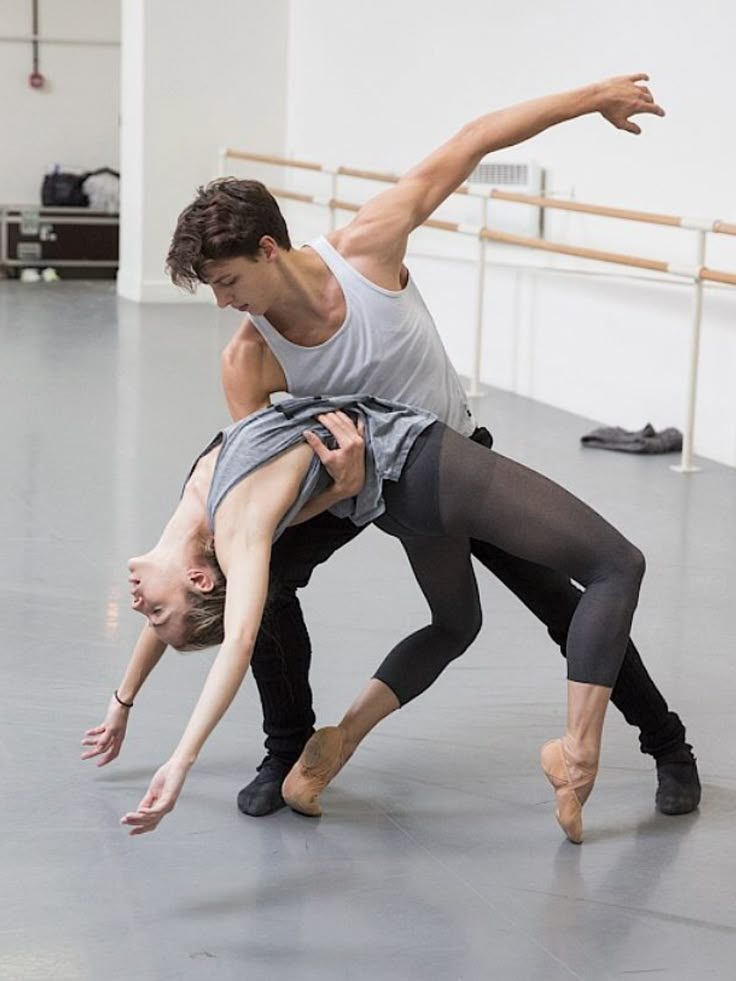 Turn on good, dynamic music and dance the way you want, the way you feel. Even if there are no such movements in a particular direction of dance, it does not matter. The important thing is that it relaxes well, helps to feel your body, establishes a dialogue between the mind, feelings and body. To know your body, to be able to fully - both physically and emotionally, to immerse yourself in music - is necessary for any dancer.
Turn on good, dynamic music and dance the way you want, the way you feel. Even if there are no such movements in a particular direction of dance, it does not matter. The important thing is that it relaxes well, helps to feel your body, establishes a dialogue between the mind, feelings and body. To know your body, to be able to fully - both physically and emotionally, to immerse yourself in music - is necessary for any dancer.
Dance for yourself
And finally, the main thing - dance for yourself, no matter how selfish it may sound. Learn to have fun, make it so that you are moved by music, so that during the dance the only thing that would be essential for you is the dance itself and nothing else: neither the reaction of the audience, judges, coach, nor your appearance - you can think about this after. As the hero of the film "Dandies" said: "Here you don't need faster, stronger, higher - here you need drive, energy." Let these words become your motto, and you will understand what happiness it is to dance.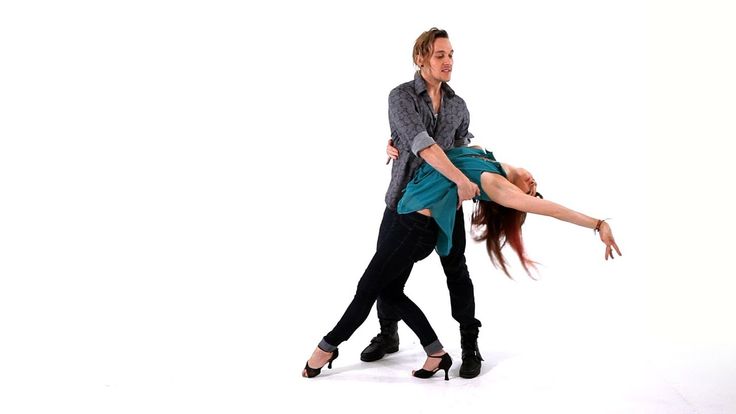
Author:
More articles:
Dance, dance... How to get a lot of pleasure from life?
Different styles, directions of music accompany us throughout life. Whether we are happy, unhappy, worried or hopeful, all this accompanies the music of our soul, character, words. Often when we want to say most importantly, we resort to the help of magical sounds and it becomes easier to convey meaning, understand, sometimes forgive.
Have you ever noticed that people move to the rhythm of the music?! Try sitting in a car or some room, turn on the melody and watch for the gait and movements of others. I'm sure the effect of the experiment will be very cheerful! It turns out that we all live, obviously dancing! As I said the main character of one fairly well-known film: “What is sumo - if not the dance of the giants, what is business, if not the dance of companies?! Interesting plastic all kinds of dance! It's hard for me to disagree with her, even if you do not take into account that it was this phrase that became the key and decisive in the conversation of the heroes! Even if not take into account that often dance and music become the speech of the heroes of stories, it is enough remember that some real people ask dancers for help when they need forget something, remember, decide, postpone or make a wise decision.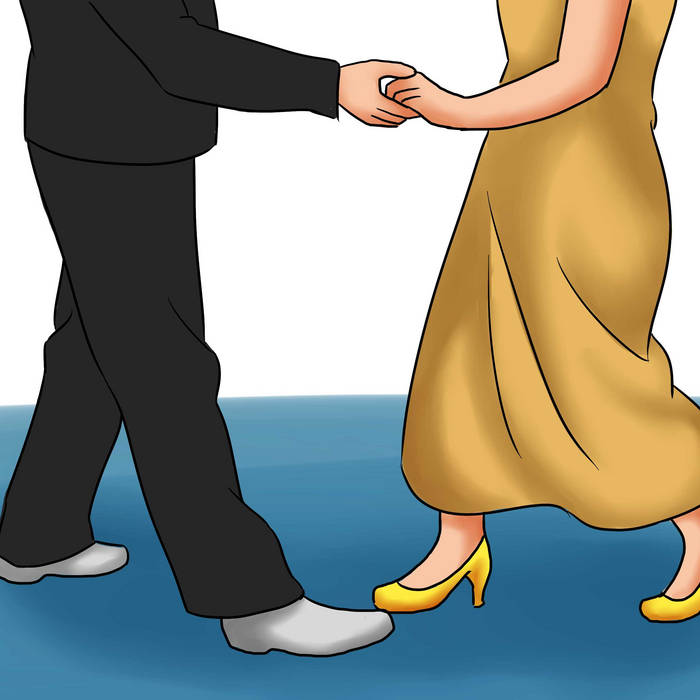
Strange assumption?! Take a look at the Fidelio Dance Quarter and what you will see, will not only confirm the above, but will also make it clear that the dance is not only the rhythm of everyday life, but also our life, or rather, its bright shade. And maybe component of the life cycle: life - movement; movement - dance; dance - feeling; feeling is life? Sometimes it seems that it is not blood that flows through the veins, but music and it pulsates to the rhythm of your dance, in which you live a different life, a stranger fate or vice versa - its only reality. It depends on whose you play a role in the so-called everyday, your own life. You can dance frankly love, despise, fight for someone, be real and at the same time time to refer to acting skills and the ability to transform ... And unravel You will be very difficult. May be.
There are different ways to get into this small dance world: as a result, desire to improve, to find oneself, joy, destiny, or simply from nothing to do, but, once there, the love of rhythm, dancing will become stronger than yourself.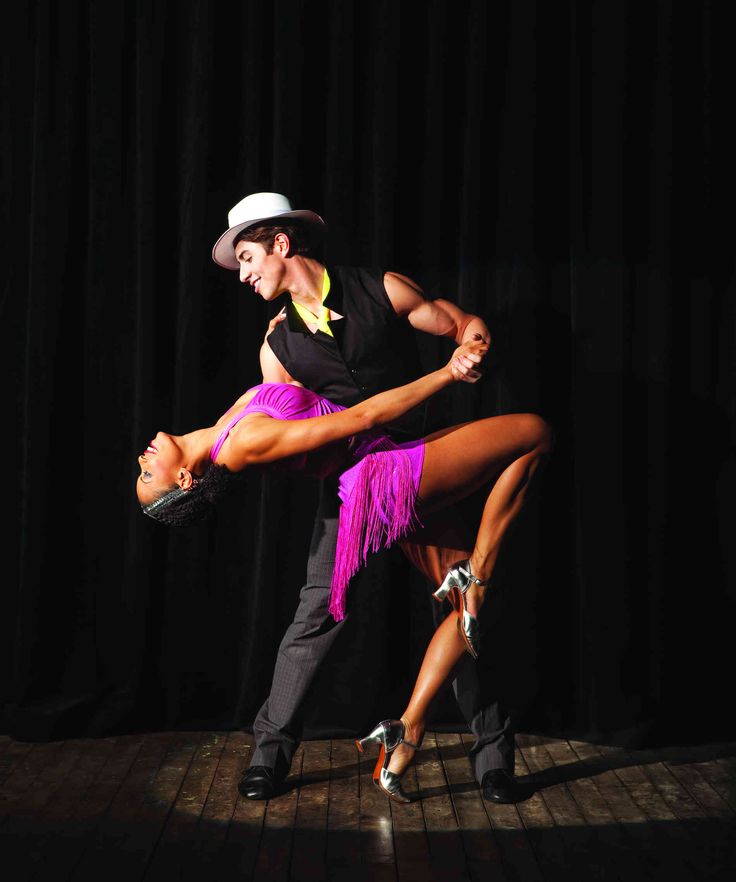 aristocratic cool standard will unlock the ability to translate lyrical feelings into plastic and smooth dance movements. Incendiary Latina will give fire in the eyes and zest in solutions. Explosive modern dances will capture the ability live freely and confidently. The mysterious east will seduce with the ability to wield weapons flirting and seduction. Here we are free to choose what we lack, to fix what they did not like in themselves or improve what they liked.
aristocratic cool standard will unlock the ability to translate lyrical feelings into plastic and smooth dance movements. Incendiary Latina will give fire in the eyes and zest in solutions. Explosive modern dances will capture the ability live freely and confidently. The mysterious east will seduce with the ability to wield weapons flirting and seduction. Here we are free to choose what we lack, to fix what they did not like in themselves or improve what they liked.
The atmosphere in Fidelio is very family friendly. Entering the main room club, immediately stumble upon a local know-it-all. And pulls wink dear administrator. In a small room-passerby there is a bar counter, it is never empty. New clients, old - good friends dropped by with a cake or a friendly family of coaches discussing dance news. Whoever looked in, there is always a cup of aromatic coffee, tea, a smile and, of course, His Majesty, dance! From this room, through the transparent haze of glass, figures are visible.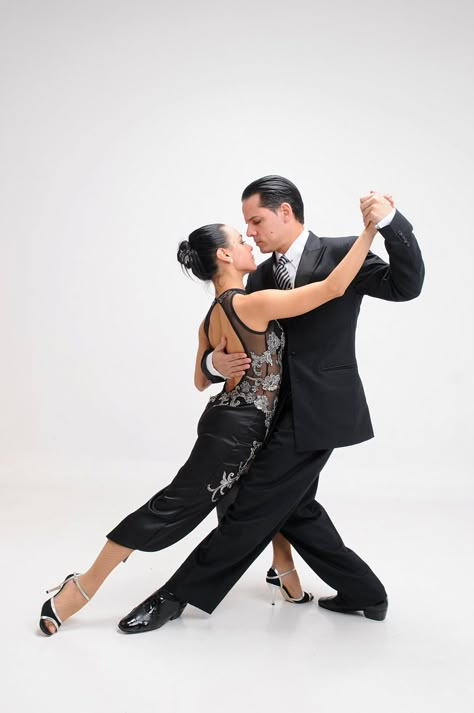 dance, embodied in two ways: “as it should be” and “as it is convenient”. Yes, work in progress! Music, the score of the dance, the tired "zoykas" of the dancers, give birth to laughter healthy passion. I want to know everything, but I have to choose the most favorite and close in spirit - there is not enough strength for everything! Another positive feature of the club is trainers work hard!
dance, embodied in two ways: “as it should be” and “as it is convenient”. Yes, work in progress! Music, the score of the dance, the tired "zoykas" of the dancers, give birth to laughter healthy passion. I want to know everything, but I have to choose the most favorite and close in spirit - there is not enough strength for everything! Another positive feature of the club is trainers work hard!
You will think that there is a lot of flattery or exaggeration in this text ... Nothing, pragmatism modernity is no longer surprising! In this regard, I can say that all the minuses pass unnoticed… Frustrations, troubles, tears and quarrels… What are you talking about?! From of the above only tears are possible. Yes, and only because I want to be better for the sake of my very best coach in the world, flutter around parquet is like a butterfly, and this requires neither more nor less - time. Sometimes you want it immediately grab the zest of the dance being studied, surprise the coach and make it clear that you can work with you and achieve extraordinary heights, but it happens that the knees, hips, hands do not obey and dance as they please. No matter how hard you try to fill the meaning of the dances, your second reality is still getting under your feet, playing thoughts of that other life as pieces on the chessboard of fate. What about dancing at that time? A way to give yourself hope, to make everything softer and more beautiful.
No matter how hard you try to fill the meaning of the dances, your second reality is still getting under your feet, playing thoughts of that other life as pieces on the chessboard of fate. What about dancing at that time? A way to give yourself hope, to make everything softer and more beautiful.
I wonder if the Fidelio Club were a person, what would they be?! Why he? Well, a club, a dance... So far, everything is masculine. Perhaps the ideal would have appeared before us! How he dances! Taking off from behind the scenes with a light wind, transforms into a storm emotions. The dance performed by him is not just a beautiful sport, but an inner strength, spring of hope and joy. Maybe even happiness ... I won’t talk about his figure - you know everything yourself, dancer, after all! Kind face, healing eyes, piercing mind, love for work and everything connected with it, complete dedication. He, of course, it has the right to a slight sadness and a certain mystery, which is only adds charm.